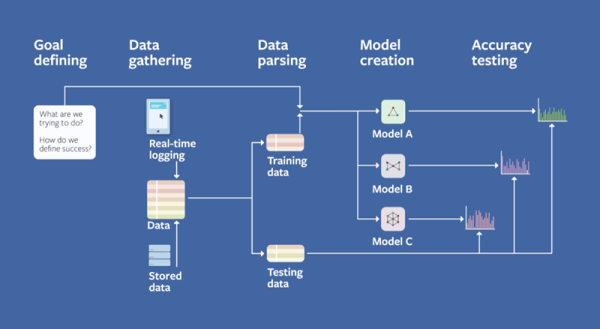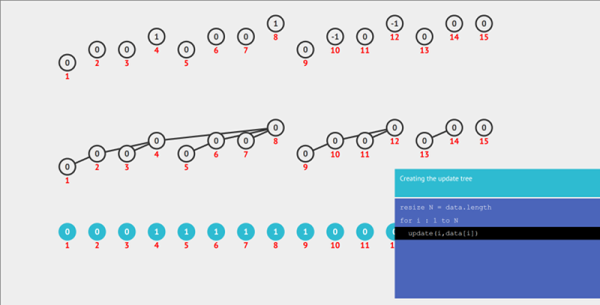If you are familiar with binary, what would you need to teach someone who only knows decimal? If you do not know how to count in binary, let us know if the video below the break helps you understand how the base-2 number system works. If learning or counting binary is not what you are interested in, maybe you can appreciate the mechanics involved with making a counter that cycles through all the ones and zeros (links to the video shown below). The mechanism is simple enough. A lever at the corner of each “1” panel is attached off-center, so it hangs when it is upside-down, then falls to the side when it is upright, so it can swivel the adjacent panel.
Perhaps this is a desktop bauble to show off your adeptness at carpentry, or skills with a laser cutter, or 3D printer. No matter what it is made out of, it will not help you get any work done unless you are a teacher who wants to demonstrate the discrete nature of binary. If wood and bits are up your alley, we have a gorgeous binary driftwood clock to feast your eyes on. Meanwhile if analog methods of working digital numbers suit you, we have binary math performed with paper models.

















